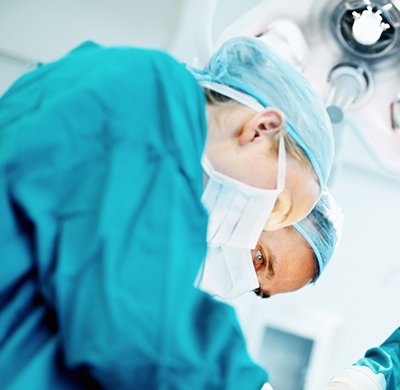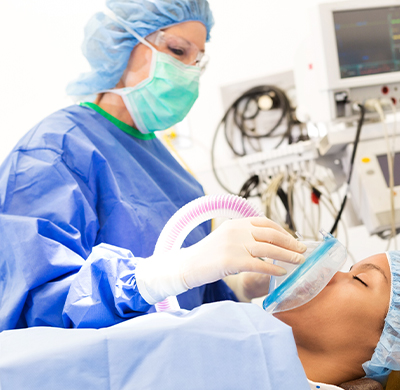Welcome to the Patient Education Library of Southern Regional Pain Services
Interstitial Cystitis
Introduction
Anatomy
Your urinary tract system consists of your kidneys, bladder, and urethra. Your kidneys are a pair of bean-shaped organs located in the lower back area. The kidneys filter waste products and extra fluid from your blood, creating urine. Urine is composed of mainly water and metabolic waste products. From the kidneys, urine travels through two tubes (ureters), to the bladder.
Your bladder holds and collects the urine that arrives from the kidneys. When a certain level of urine has accumulated in the bladder, your bladder sends signals to your brain so you know that it is time to urinate. Urination is a voluntary action. When you are ready, the bladder walls (detrusor muscle) contract and the pelvic floor muscles relax. A valve-like muscle on the bladder (urinary sphincter) opens and allows urine to empty from the bladder.
Urine is carried from the bladder to the outside of your body through a tube called the urethra. The urethra and bladder have a protective lining (epithelium). The female urethra is short and ends above the vaginal opening. The male urethra is longer and ends at the tip of the penis. When you have finished urinating, the urinary sphincter closes.
Causes
Symptoms
You may experience pain in your bladder area, lower back, lower abdomen, genital area, and pelvic region. Your pain may be ongoing or come and go. The pain may range from mild to severe and feel like pressure or burning. Women may have pain during sexual intercourse. Men may experience pain during orgasm.
The symptoms of interstitial cystitis are similar to that of a urinary tract infection. However, interstitial cystitis is not an infection. In fact, people with interstitial cystitis may have repeated negative test results for a urinary tract infection before they are diagnosed. People with interstitial cystitis may certainly develop an urinary tract infection, and when they do, the symptoms tend to be more bothersome.
Diagnosis
Your doctor may use a cystoscope to view the inside of your lower urinary tract. A cystoscope is a thin tube with a viewing instrument. It is carefully inserted through the urethra. The bladder is expanded with air or water to open the bladder folds and provide a better view. A cystoscopy allows your doctor to check for problems inside of the bladder or urethra. Although most people with the condition do not experience it, bleeding or sores on the bladder wall can be indicative of interstitial cystitis.
A potassium sensitivity test is a procedure in which water and potassium are placed in the bladder at different times via a catheter. You will be asked to rate your level of discomfort each time. People with interstitial cystitis may experience pain, discomfort, or urgency with the potassium solution. People with healthy bladders rate the solutions the same.
Treatment
For some people, over-the-counter pain medications can help relieve symptoms. Prescription medications, such as antihistamines and certain antidepressants, can also help. There is one FDA approved prescription medication (pentosan polysulfate) that specifically targets the bladder. It appears that the medication works to repair the bladder wall and decrease inflammation.
Another FDA approved prescription medication (dimethyl sulfoxide, “DMSO”) is a treatment that is administered directly to the bladder through a catheter. Researchers are not sure how DMSO works, but it appears to reduce inflammation and pain. Steroid or heparin medication may be combined with DMSO treatments.
Transcutaneous nerve stimulation (TENS) is another type of treatment option that is sometimes paired with physical therapy. With TENS, pads are placed strategically on the pelvic and lower back area. The stimulation device delivers gentle electrical impulses via wires. TENS can help strengthen the pelvic floor muscles, reduce urinary frequency, relieve pain, and increase blood flow.
In addition to being a diagnostic tool, cystoscopy is also used as a treatment method. Cystoscopy is used to stretch open (distend) the bladder with water or gas. Bladder distention can temporarily improve symptoms for some people and can be repeated.
Surgery for interstitial cystitis is reserved as an option for people with severe symptoms that do not respond to other treatments. Bladder augmentation, fulguration, and resection are types of surgery to help treat interstitial cystitis. Bladder augmentation is used to remove a damaged portion of the bladder or enlarge a bladder that is too small or has very high pressure. This is a major surgery that uses sections of bowel to surgically reconstruct the bladder. Following the procedure, you may need to use a catheter to empty your bladder.
Fulguration (electrodesiccation) is a minimally invasive procedure used to burn sores (ulcers) from the inside of the bladder. Resection, another minimally invasive procedure, uses incisions to remove sores from the inside of the bladder. For both fulguration and resection, the surgeon uses thin surgical instruments that are inserted through the urethra.
Prevention
Am I at Risk
Interstitial cystitis occurs predominantly in women in their 30s and 40s, but it may also develop in men or children. It is suspected that the condition may be under-diagnosed in men.
Complications
The symptoms of interstitial cystitis can interfere with your social life, work, and relationships. Make sure to discuss your concerns with your doctor. Your doctor is happy to offer suggestions or recommendations for assistance and support.

Copyright © - iHealthSpot Interactive - www.iHealthSpot.com
This information is intended for educational and informational purposes only. It should not be used in place of an individual consultation or examination or replace the advice of your health care professional and should not be relied upon to determine diagnosis or course of treatment.
The iHealthSpot patient education library was written collaboratively by the iHealthSpot editorial team which includes Senior Medical Authors Dr. Mary Car-Blanchard, OTD/OTR/L and Valerie K. Clark, and the following editorial advisors: Steve Meadows, MD, Ernie F. Soto, DDS, Ronald J. Glatzer, MD, Jonathan Rosenberg, MD, Christopher M. Nolte, MD, David Applebaum, MD, Jonathan M. Tarrash, MD, and Paula Soto, RN/BSN. This content complies with the HONcode standard for trustworthy health information. The library commenced development on September 1, 2005 with the latest update/addition on February 16, 2022. For information on iHealthSpot’s other services including medical website design, visit www.iHealthSpot.com.






